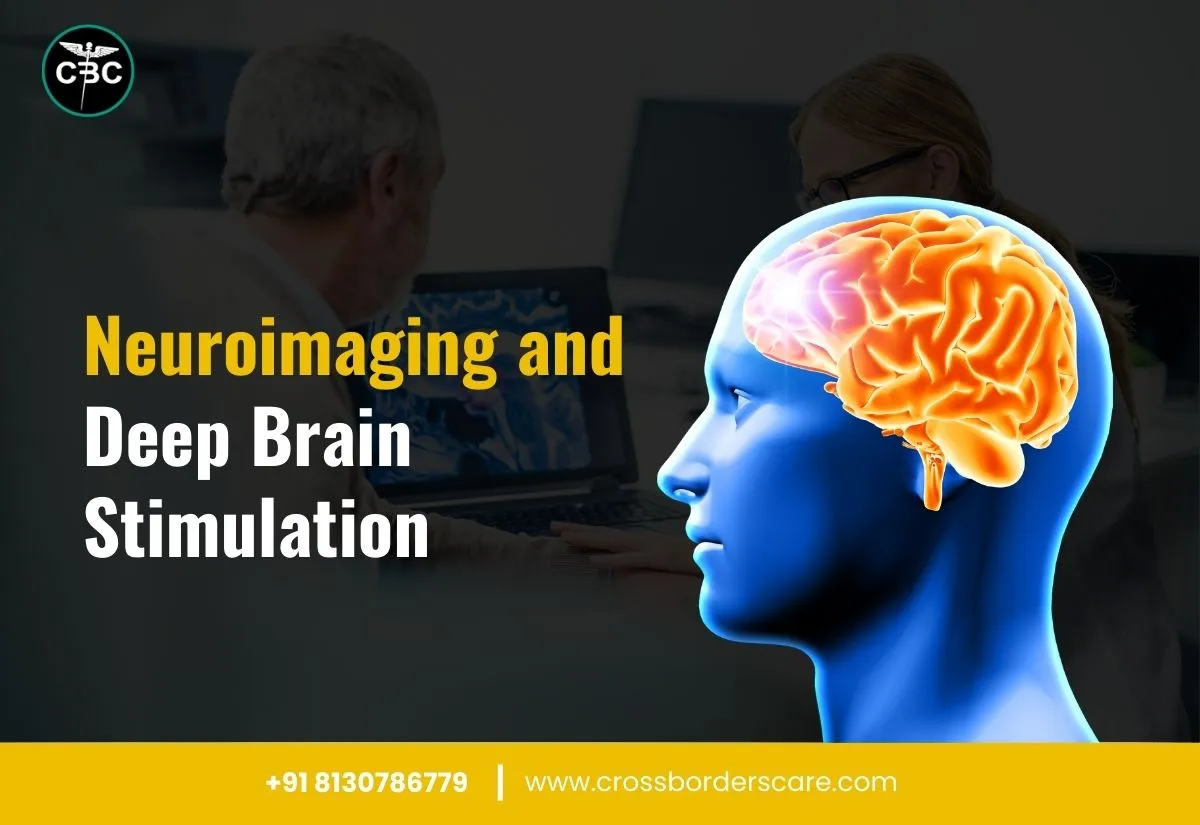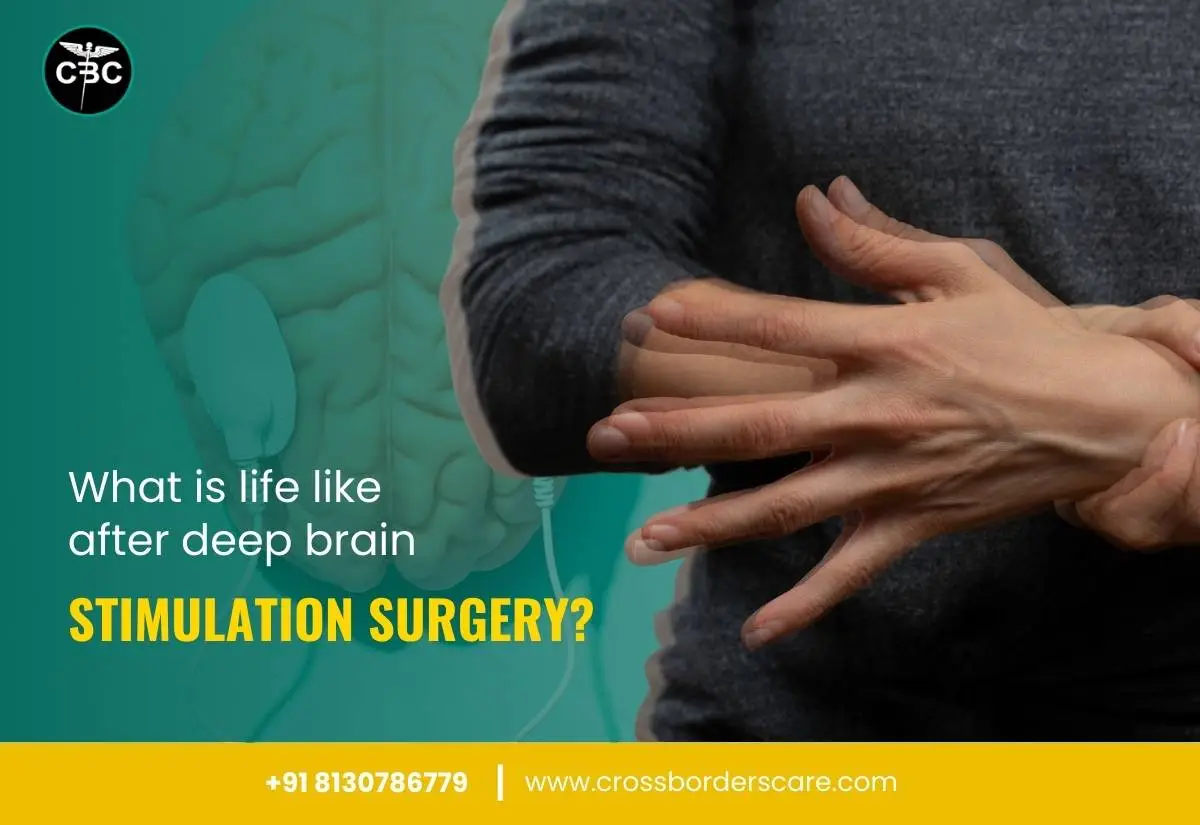The role of technological advancements in neurosciences has revolutionized critical treatment processes like deep brain stimulation. Developments like neuroimaging in the Deep Brain Stimulation have reshaped the understanding of the different neurological and psychiatric disorders.
Read on to learn more about the neuroimaging and Deep Brain Stimulation techniques in detail. We’ll understand the details of neuroimaging, Deep Brain Stimulation, and the relationship between the two.
Neuroimaging- An overview
- It refers to the different techniques designed for visualising the structure and function of the brain with the help of the dedicated structural functional brain imaging. It covers:
Structural imaging during the surgery
- It encompasses Magnetic Resonance Imaging (MRI) and Computed Tomography (CT) offering detailed images of the brain anatomy. These high-resolution images help in assessing the structural abnormalities while differentiating between the normal brain tissues during the surgery.
Functional imaging during the surgery
- The Positron Emission Tomography (PET) and Functional MRI (fMRI) come under the functional imaging. PET uses radioactive tracers to visualise metabolic processes while fMRI measures brain activity by detecting blood flow changes.
- Functional imaging helps in mapping the brain activity and brain function linked to specific tasks during the surgery.
Deep Brain Stimulation- An overview
- It is a dedicated neurological process involving the implantation of electrodes into specific regions. DBS helps in treating different conditions like obsessive-compulsive disorder (OCD), dystonia, essential tremors, and Parkinson’s disease.
Affordable DBS surgery in India helps in altering the electrical activity in targeted brain regions with the help of electrode location. It is proven to manage the symptoms of movement disorders where the medical treatment is insufficient or creates side effects.
Relationship between Neuroimaging and Deep Brain Stimulation
The multifaceted relationship between the neuroimaging and Deep Brain Stimulation is best understood with the following factors:
Pre-surgical planning
- The right placement of the Deep Brain Stimulation electrodes is incomplete without the localization of the targeted brain regions. The high-resolution MRI helps in the identification of the anatomical locations and ensures the best placement of DBS electrodes.
- The use of advanced neuroimaging techniques like Diffusion Tensor Imaging (DTI) offers additional information on brain connectivity.
Intraoperative guidance
- During the process of Deep Brain Stimulation, experts require real-time neuroimaging to guide the electrode placement. Dedicated techniques like intraoperative CT or MRI offer immediate feedback for quick adjustment to the electrodes.
- Hence, the Deep Brain Stimulation surgery in India is carried out based on anatomical and functional data of the brain.
Functional mapping
- The use of the PET and fMRI scans helps reveal the effect of the stimulation and its impact on the brain connectivity and functions. Hence, functional mapping ensures the overall impact of the DBS on brain activity.
- It helps in fine-tuning the stimulation parameters and understanding the different mechanisms based on the therapeutic effects during the surgery.
Post-surgical evaluation
- Neuroimaging helps in monitoring the key symptoms and offer improvements after the surgery. After DBS implantation, regular imaging helps in assessing the impact of DBS on the targeted brain areas.
- This post-surgical evaluation using neuroimaging helps in determining the potential side effects or complications.
Optimization and adjustments
- DBS therapy requires constant adjustments based on the monitoring of the constant patient’s symptoms. Hence, the device is adjusted to offer the best benefits to the patients.
- The dynamic feedback loop helps in optimising treatment for DBS patients.
Concluding thoughts
Neuroimaging and Deep Brain Stimulation offer the right technological advancements for improving the understanding and treatment of complex brain disorders. It is easy to understand the details of neuroimaging and Deep Brain Stimulation. The relationship between neuroimaging and Deep Brain Stimulation helps in understanding the role of technology in neuroscience and clinical neurology.
Cross Border ensures that patients get the best-advanced treatments in the top-notch neuroscience departments at affordable prices.





